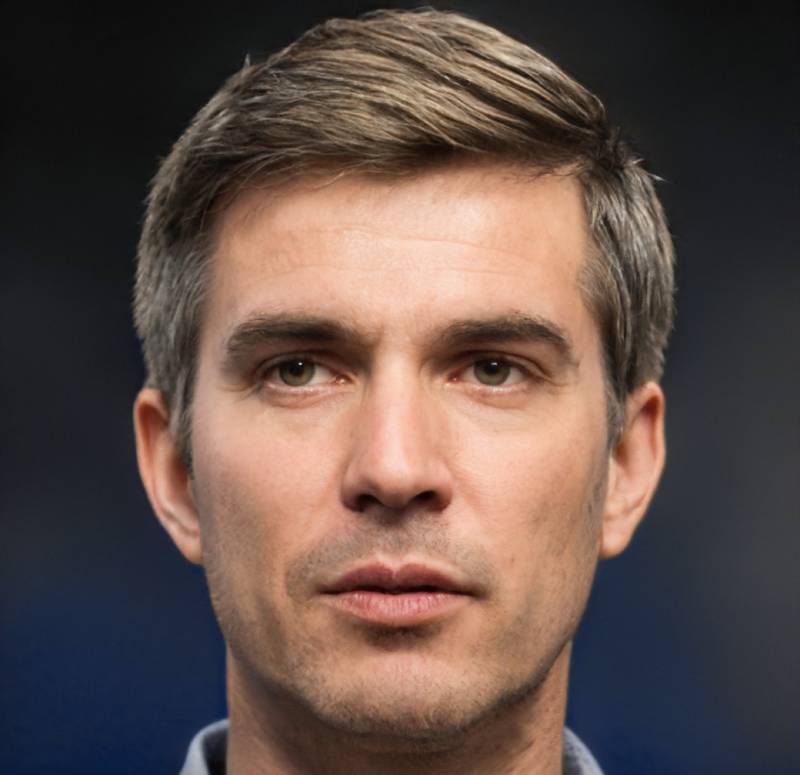In a stunning victory that captivated the French Open audience, Lois Boisson, a 22-year-old wild card entrant ranked No. 361 globally, achieved what many believed impossible. After defeating world No. 3 Jessica Pegula in a gripping match, Boisson not only secured her spot in the quarterfinals but also dramatically increased her career earnings in a single day.
An Unexpected Hero Emerges
Lois Boisson stepped onto Court Philippe-Chatrier earlier today largely unnoticed by the tennis world. Her opponent, Jessica Pegula, was a formidable force, ranked No. 3 in the world, making Boisson’s chances seem slim. However, after two and a half hours of intense play, Boisson exited the court as a national sensation, celebrating a 3-6, 6-4, 6-4 victory. This remarkable win constituted one of the largest upsets in the history of the French Open.
Before today, Boisson’s career earnings totaled a mere $148,009. With her advancement into the quarterfinals, she is now assured of a prize of $500,284. Should she triumph over 18-year-old Russian star Mirra Andreeva in the next round, her earnings could rise to at least $1,449,228. If her Cinderella story culminates in a championship victory, she would claim the tournament’s grand prize of $2,897,947, which is nearly 20 times her previous lifetime earnings.
From Adversity to Achievement
Boisson’s path to this moment is both inspiring and improbable. Just a year ago, she faced the uncertainty of her future in professional tennis due to a torn knee ligament that sidelined her just before the 2024 French Open. Her return came only after tackling the grueling grind of lower-tier tournaments, often sleeping in budget accommodations and earning modest paychecks. In February, she left a minor tournament in Manchester with just $462 in prize money.
Prior to today, she had never faced a top-20 player or taken the stage at Roland-Garros. Yet, fueled by the support of the home crowd, Boisson embraced the moment, making history as the lowest-ranked woman to reach a Grand Slam quarterfinal since Kaia Kanepi at the 2017 U.S. Open.
A Fortuitous Wild Card
Boisson entered the French Open thanks to a wild card, as her ranking was too low for automatic qualification. The gamble taken by tournament organizers has paid off spectacularly. Her playing style, particularly effective on clay, featured a high-bouncing topspin forehand that kept Pegula off balance. Boisson demonstrated remarkable composure, converting a crucial break in the final set after several tense attempts. Post-match, Pegula admitted that she had missed pivotal opportunities during the contest.
Next Challenge: Mirra Andreeva
Next, Boisson faces off against the 18-year-old Russian contender Mirra Andreeva, currently ranked No. 6 in the world. With career earnings of $5,639,551 as of the start of the French Open, Andreeva stands among the top 150 all-time WTA earners at such a young age.
Andreeva has enjoyed a stellar 2025 season, clinching two WTA singles titles, including triumphs at both the Dubai Tennis Championship and the Indian Wells Open. However, Boisson now holds the crowd’s support, the momentum, and a life-changing sum of prize money on the line.
Even in defeat, Boisson will have made a significant mark, both financially and professionally. Should she win, her earnings would exceed the $1.4 million mark, setting her on track to become one of the most surprising Grand Slam champions in recent history—all while performing in front of an enthusiastic home crowd. This is indeed a true Cinderella story in the world of sports.

Meet William, a proud Bethel University alumnus with a fervent passion for lifestyle and culture topics. His keen interest doesn’t stop there; he’s also deeply engrossed in current events of all kinds. William dedicates himself wholeheartedly to this site, thriving on the collaborative energy he shares with Suzanne, his long-standing partner in crime.
Having navigated their university courses side by side for years, their teamwork on the site is nothing short of dynamic. Together, they bring a unique blend of insights, proving that two heads are indeed better than one in delivering compelling content.












